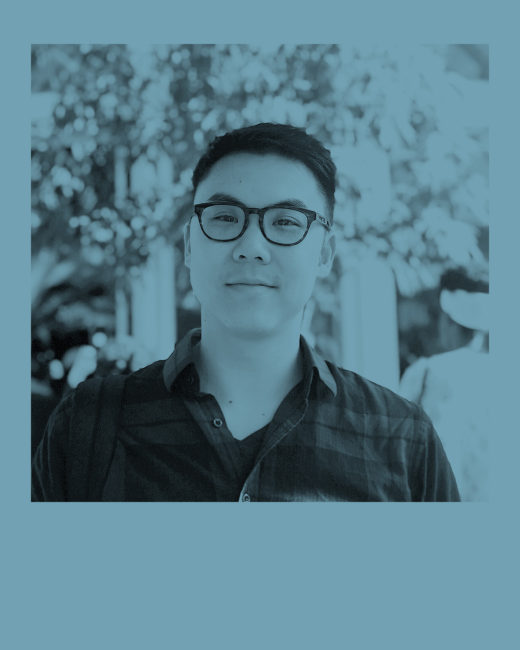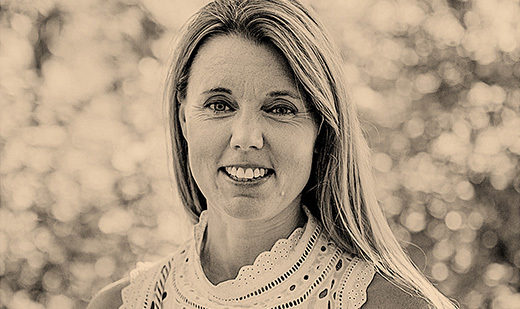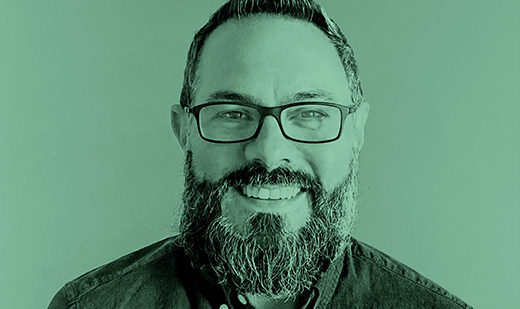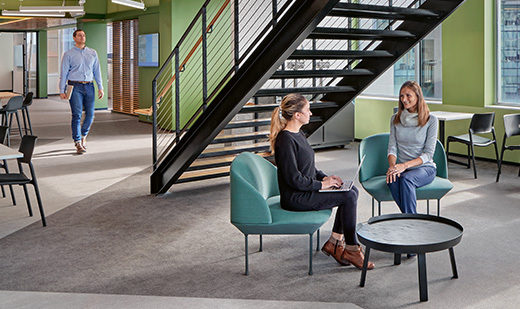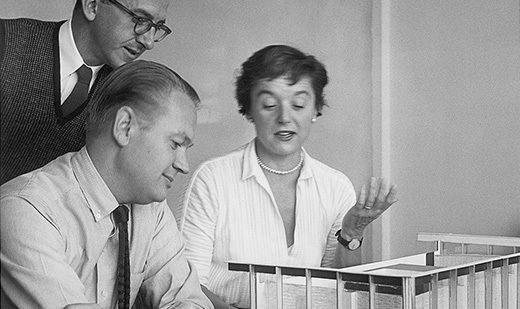At Knoll we’re always interested in the relationship between a defined space and the larger place it inhabits. How does TAO mediate between the needs of an individual space and the city it inhabits?
A really good example of how we do this is TAO Chicago and TAO Mohegan Sun; very different locations for the same restaurant and brand. When we were working on Chicago, we knew that it was a bigger city, it brought more tourists, conferences and was part of a larger business center. We took that into consideration in how we laid out our spaces, especially in how the furniture could be flexible, to meet the clientele that was coming in. Mohegan Sun was in a casino resort. For that experience, the spaces could be more intimate, we didn’t need private dining rooms that could accommodate 30 or 40 people.
In terms of the locations themselves, we try to bring elements of the city itself into the project by working with local vendors and fabricators so that the space feels like a part of the community.
What would you say is the number one thing you want customers to take out of being in a TAO-designed space?
When celebrating something, you’re not really thinking about your environment, but everything around the environment is enhancing the experience for you. Ultimately, it’s easy to point out design when you go into a restaurant and you think it’s too loud, or when the light is shining right in your face. We want people to leave feeling like they had a good time and that there were no complaints. When you’re in a TAO space, [the space] is there but it’s so seamless that it’s in the background so that the experience itself of eating, of conversing, is what is at the forefront.
Can you talk a little bit about how TAO responded to the effects of Covid-19 in its spaces (municipal social distancing protocols, outdoor dining)? Were there any learnings from the past two years of rapidly changing hospitality design? Are there things that will carry over into the future?
We’ve noticed that space and distance have changed due to the pandemic. People are being a little bit more selective with who they’re going out with, which creates a more intimate experience. And we can respond to that by giving them more space and having the furniture or the layout fit that by creating separate rooms, intimate corners; areas that can feel like your own.
What drew you to hospitality?
I credit my dad. He’s a very handy and resourceful man, he builds and fixes everything himself. He’s also really into architecture, furniture, and design. When we were little kids, we always had these projects around the house or little things that he would point out, and, I helped him lay the wood floor when we were kids. When I was a little bit older, I started working in restaurants and experienced the operational part of how restaurants work, as well as how the design of the space enhances the guest experience. Those two elements fused together to kind of push me towards my career in hospitality.
What excites you about design?
The most meaningful and rewarding part is the construction process, and the ability to see the site change each time I visit, and work with the many experts putting the space together. From furniture fabricators, florists, to people that lay down stone, everyone comes in with their knowledge, and adds a little bit to our project. And then for me to be able to kind of have all that at my fingertips and tap into their creativity and make something together. It’s a good collaboration effort.
Kevin Yi is the Senior Manager of Design & Development with the TAO Group. In a previous version of this article and in the print edition of Knoll Works 2022, his title is listed as Vice President of Design & Development.
More to Read
This story is from Knoll Works—our annual publication showcasing how our design and spatial planning approach helps create places people love to be.






